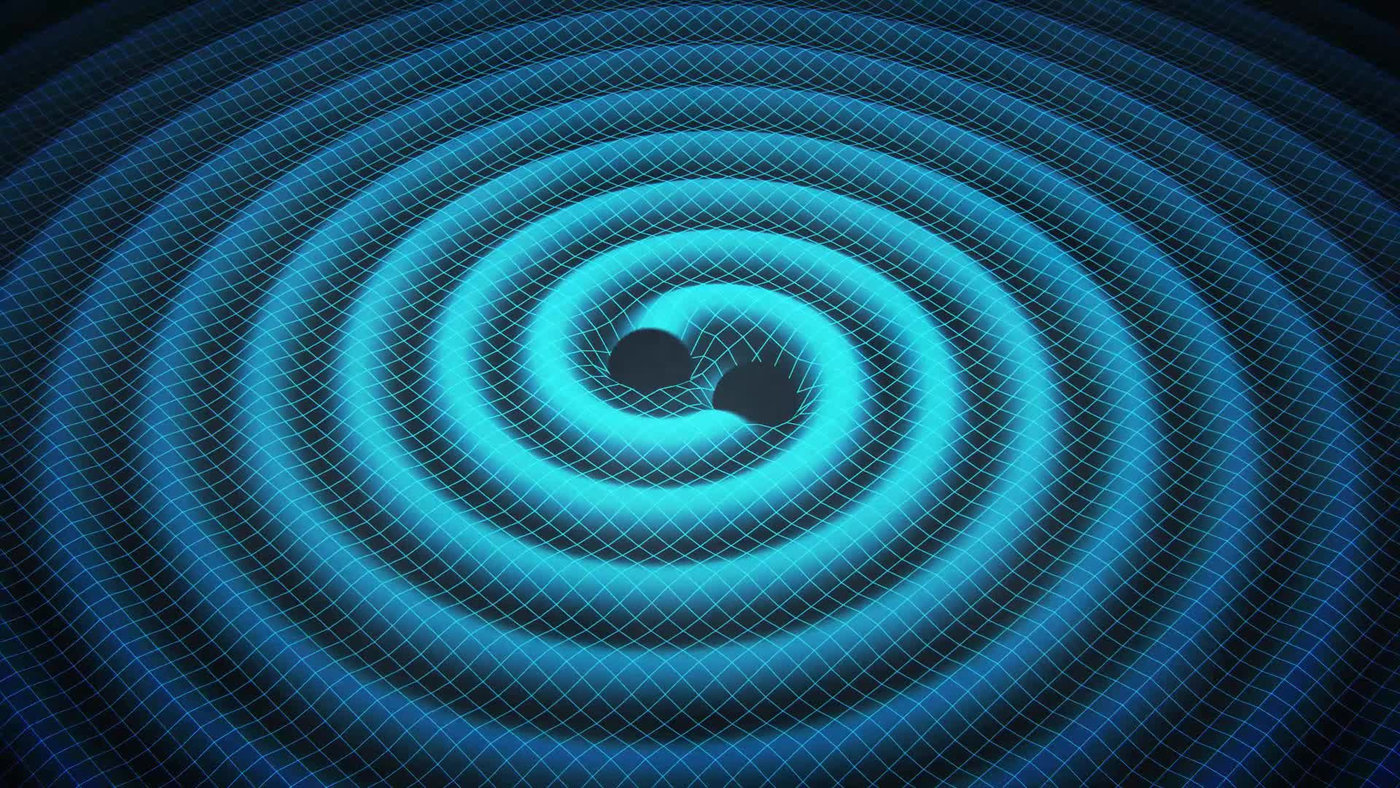💥 This black hole collision is so massive it shakes our laws of astrophysics
Published by Cédric,
Article author: Cédric DEPOND
Source: California Institute of Technology
Other Languages: FR, DE, ES, PT
Article author: Cédric DEPOND
Source: California Institute of Technology
Other Languages: FR, DE, ES, PT
Follow us on Google News (click on ☆)
This merger between two black holes produced a new black hole weighing 225 solar masses—a cosmic heavyweight whose origin puzzles scientists. The two protagonists, weighing 100 and 140 solar masses respectively, were spinning at dizzying speeds before merging.

Illustration of gravitational waves generated by two black holes orbiting each other.
An extraordinary event
Black holes of this size shouldn't exist according to standard models. Their mass exceeds the theoretical limit for classical stellar formation. Researchers speculate they might themselves be the result of previous mergers.
The two black holes were spinning at extreme speeds before merging, dragging the surrounding spacetime with them. This phenomenon, called frame dragging, is a direct consequence of general relativity: a very massive object in rapid rotation warps spacetime to the point of "pulling" it along in the direction of its spin.
In this case, the heightened spin complicated the observed gravitational signal and suggests these black holes didn't form in isolation but might result from successive mergers in a dense environment, such as a star cluster.
The signal, named GW231123, lasted barely a tenth of a second. Its analysis required complex models to account for the extreme rotational movements.
This discovery pushes the limits of current instruments. The LIGO, Virgo, and KAGRA interferometers had to process a signal twenty times more powerful than average. It also paves the way for a better understanding of intermediate-mass black holes.
A challenge for theory
The black holes' spin speed approached the limit predicted by general relativity. This characteristic makes their dynamics difficult to model.
Astrophysicists still don't know how such massive black holes could have encountered each other. Their environment or hierarchical formation is the subject of speculation. The collected data will fuel years of research.
This extreme case shows that gravitational astronomy is still in its infancy. Future, more sensitive detectors may reveal even more astonishing phenomena. GW231123 might just be a preview.